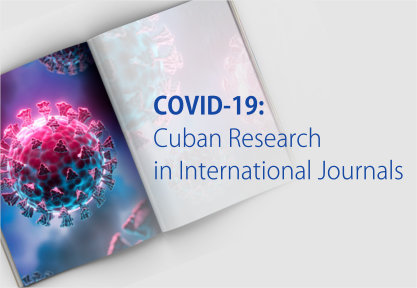
One of the most dreadful complications that can occur during the course of COVID-19 is the cytokine storm—also known as cytokine release syndrome—a form of systemic inflammatory response syndrome triggered by SARS-CoV-2 infection.
The cytokine storm is an activation cascade of auto-amplifying cytokines, which leads to excessive activation of immune cells and generation of pro-inflammatory cytokines. It occurs when large numbers of white blood cells are activated and release inflammatory cytokines, in turn activating even more white blood cells, finally resulting in an exaggerated pro-inflammatory–mediated response and ineffective anti-inflammatory control, leading to tissue damage, multiorgan failure, acute respiratory distress syndrome and death. Although cytokine storm pathogenesis is multifactorial, we hypothesize there is a close association between hypoxemia and cytokine storms in COVID-19, although it is difficult to establish the direction of this relationship. Most probably they coexist and, given enough time, one triggers the other in a chain reaction. Careful analysis of the day-to-day clinical evolution of COVID-19 indicates that there are short and slight periods of hypoxemia (confirmed by pulse oximetry and arterial gasometry), even on the day of the onset of persistent cough and/or shortness of breath.
We propose the use of continuous positive airway pressure in early stages of COVID-19, at the onset of respiratory symptoms. This non-invasive ventilation method may be useful in individualized treatments to prevent early hypoxemia in COVID-19 patients and thus avoid triggering a cytokine storm.
We believe such an approach is relevant everywhere, and in Cuba in particular, since the country has initiated national production of mechanical ventilation systems, including non-invasive ventilators. Moreover, as Cuba’s COVID-19 protocols ensure early patient admission to isolation centers or hospitals, clinicians can prescribe the early use of continuous positive airway pressure as soon as respiratory symptoms begin, averting early hypoxemia and its triggering effect on cytokine storm development, and consequently, avoiding acute respiratory distress syndrome, multi-organ failure, and death.
KEYWORDS COVID-19, SARS-CoV-2, cytokine release syndrome, respiratory distress syndrome, noninvasive ventilation, continuous positive airway pressure, Cuba


